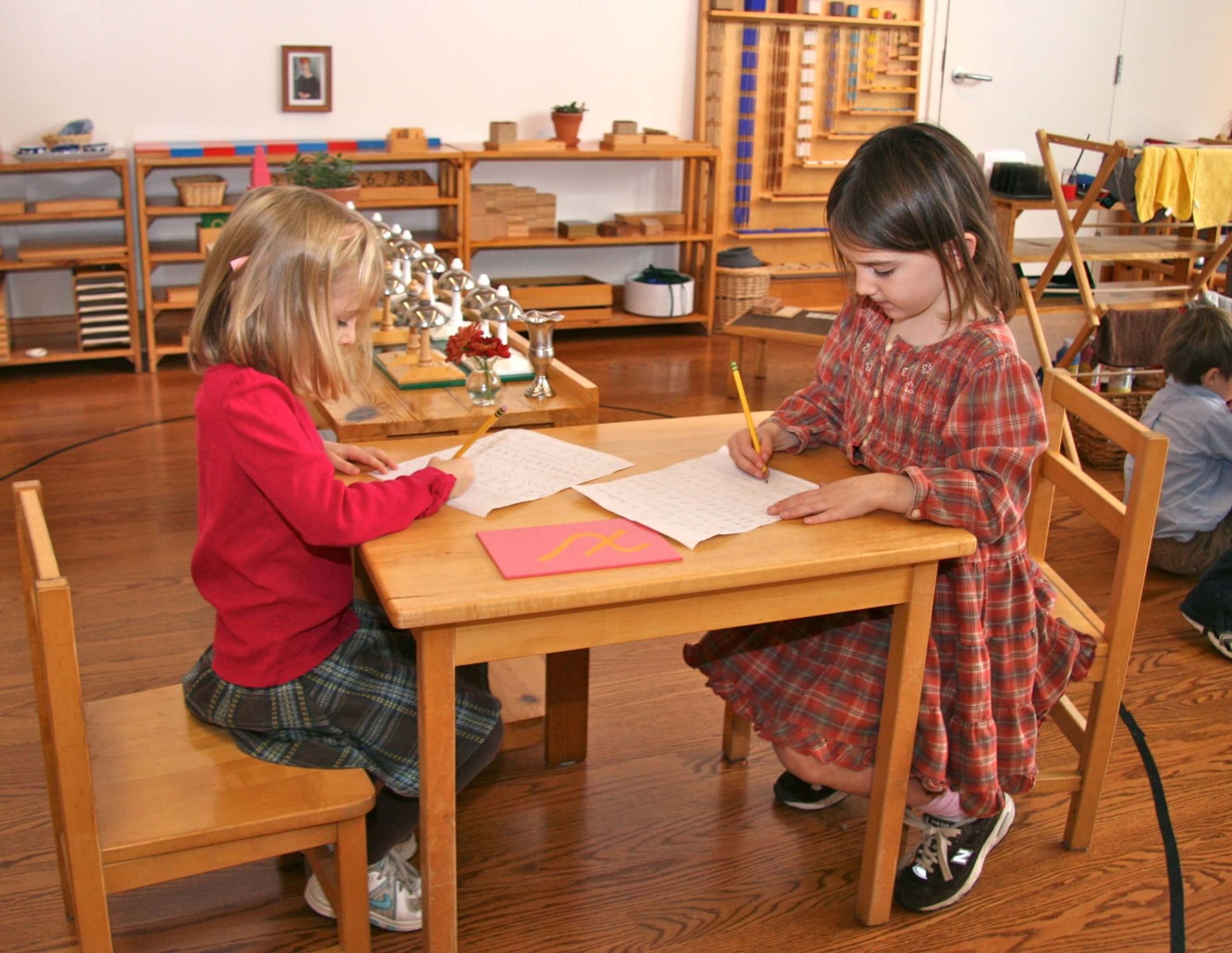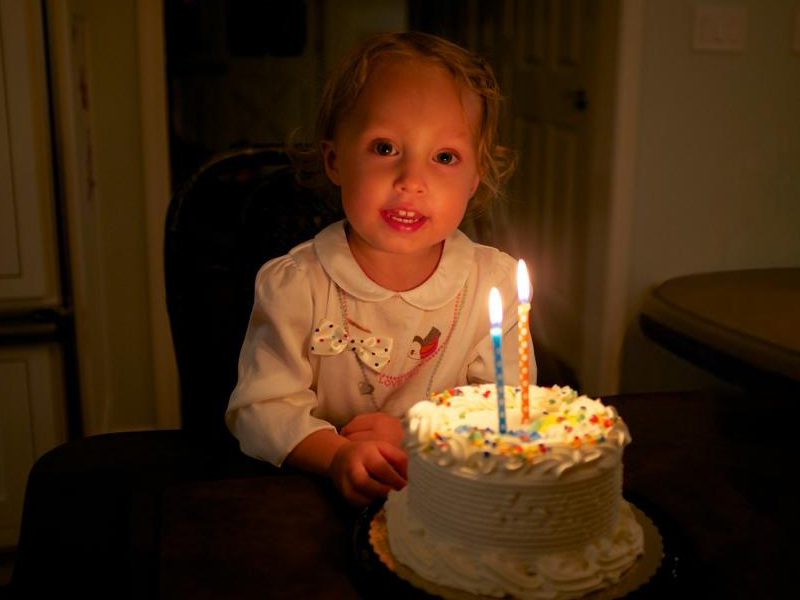
Something Out of Nothing: Why Self-Directed Playtime is not Wasted Time!
How do you get your children away from digital screens? The direct answer is to take the devices away, shut them off, limit their availability, or quite simply, do not have them for your children at all, which is the easiest thing to do. But once you have peeled them from a screen, the question becomes, what to do when your children are “bored?” Ah, there is so much to do when there is “nothing” to do! Your heart should sing when your children come to you and complain that they are bored, because by not giving them a solution for their feeling of restlessness, you allow them to practice the ever-important life skill of creating something out of nothing through self-directed playtime.

With my childhood friend in town this past week, I was reminded of how we spent our unstructured summer days between ages six and twelve. We made forts in trees with blankets, scraps of wood, and nails we found in the shed. We pretended to be Tom Sawyer and Huckleberry Finn, running away on a ship (the hammock) and landing on an island (after a huge storm!) where we would sneak into a house (my parents’), steal food, squirrel it away in an abandoned barn, where we would live, hunt, and fish in the pond with string and sticks. This was all done barefoot (which was painful) and with mosquitoes.
We were lucky—we had ponies to play with, a barn, fields, woods, and even a pool, a hammock, and a trampoline. But the most important ingredient to our successful self-directed playtime was my mother, who left us alone to explore, experiment, and create. For hours, even days, her only concern was whether we showed up at the dinner table and came in by bedtime. My mother, Paula Polk Lillard, was off writing books about Montessori, and she had no time to meddle in our business. Yet, perhaps she left us alone because I was the youngest of five much older children, and my mother had perspective and wisdom. She really didn’t worry about whether we would fall out of trees, hit our heads on the metal frame of the trampoline, get stepped on by ponies in our bare feet, get burrs in our hair, millions of mosquito bites or poison ivy, all of which happened. She let us learn about these things. My mother knew the value of free time and self-directed playtime for children to discover life skills, create original ideas, and build independence.

I am not proposing a completely nonchalant parenting approach, mind you. I am sure my mother had some idea of where we were or what we were doing. She was probably watching from a window where she sat at her typewriter. She certainly had us come get her when we wanted to swim in the pool or go galloping around on the barebacked ponies. But my mother did not hover—she was always busy doing her own thing in the background. When I asked her the other day whether she thinks we could have gotten seriously hurt, she said, “Maybe we were just lucky, but I figured there were two of you, and if an accident happened, one of you would come and get me. Besides, you were not reckless children—you were busy playing.”
We had an amazing, enchanted childhood, which my friend and I talk about every time we get together. We laugh at the absurd adventures and marvel at the wonders of growing up outside: swimming in the pool at night before bed after a long hot day, the smell of the grass we crawled around on, the snails we collected in the pond, the lightening bugs we caught in jars, the cool mud squeezing between our toes in the woods on hot days… The smells, the sounds, and the sights of summer in Illinois are etched in us.
None of that would have been possible through a screen. And besides having a wonderful time, what did we learn through our self-directed playtime? We fought and resolved our differences, we cried and apologized, we fell and learned how to keep from falling, we hit our fingers with hammers and learned how not to, and we built reserves of patience and tolerance for mild discomforts. We built perseverance in our hours-long attempts to trick the Shetland ponies into being caught. We concocted elaborate plots for our little model horses, which would take entire weekends to execute, breaking only for meals. We wouldn’t have developed these parts of ourselves—certainly not as thoroughly—if an adult had been telling us about life’s experiences, or we were watching others on screens. We had to make the mistakes ourselves, and we had to be bored enough to create the next adventure in the blessed hours of our summers.
Children develop more problem-solving skills, resilience, courage, and creative thinking skills when adults allow them free time for self-directed playtime. Specifically, in a study published in 2014 in Frontiers in Psychology, “Less Structured Time in Children’s Daily Lives Predicts Self-Directed Executive Functioning,” Baker et al. find that, “The more time children spent in less-structured activities, the better their self-directed executive functioning. The opposite was true of structured activities, which predicted poorer self-directed executive functioning. These relationships were robust…and specific....” Conclusively, because executive functioning (planning and executing one’s own ideas) is a strong indicator of success later in life, parents ought to be aware of the tight correlation between self-directed playtime and this important life skill.
Children whose parents schedule many activities for them and tend to tell their children what to do are less creative and productive than those who have fewer planned activities and more free time for self-directed playtime. With this in mind, let your children find ways to make something out of nothing. You have to let your children make a bit of a mess sometimes, but within reasonable limits, I encourage you to let them be. You do not need trampolines and ponies—very few of us have access to large plots of nature and such props in our suburban culture. But because children are imaginative, they can create entire worlds of play around any house or alleyway. All they need is your permission.

The Keys to Successful Self-Directed Playtime
If needed, provide a few from the following list of suggested ingredients to encourage self-directed playtime:
- Blankets and pillows children can drag to different parts of the house
- Art supplies, especially paint
- Lots of paper, string, and tape
- Used cardboard boxes of all sizes
- Scraps of wood, plywood, and boards
- A simple toolbox, with hammer, large nails, and wire
- A hammock or swing
- Fabric or old clothes for costumes
- Wigs and hats
- A simple sewing kit
- A sprinkler and hose
- Plastic chairs
- Healthy snacks and water available in the kitchen
- The final ingredient is TIME…children can enjoy self-directed playtime for hours and hours once they get into it, as long as interruptions are few
Basic agreements between you and your children might be:
- No screaming (because that means it’s an emergency!)
- Clean up afterwards and put everything back (before your friend goes home or before sitting down to the next meal).
- If the adults call for you, you have to come right away.
- We will interrupt each other as infrequently as possible.
Playing is not a waste of time, but a childhood could be “wasted” without it!
Some reading recommendations:
- Children at Play: An American History by Howard Chudacoff
- The Last Child in the Woods: Saving our Children from Nature-Deficit Disorder by Richard Louv
- The chapter “Give Them Unstructured Time” in How to Raise an Adult; Break Free of the Overprinting Trap and Prepare Your Kid for Success by Julie Lythcott-Haims


